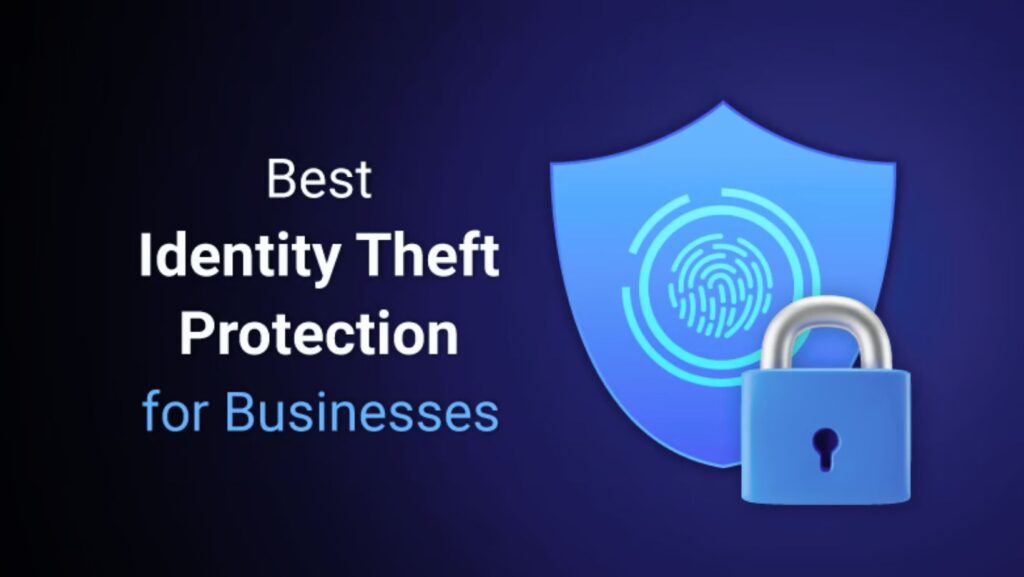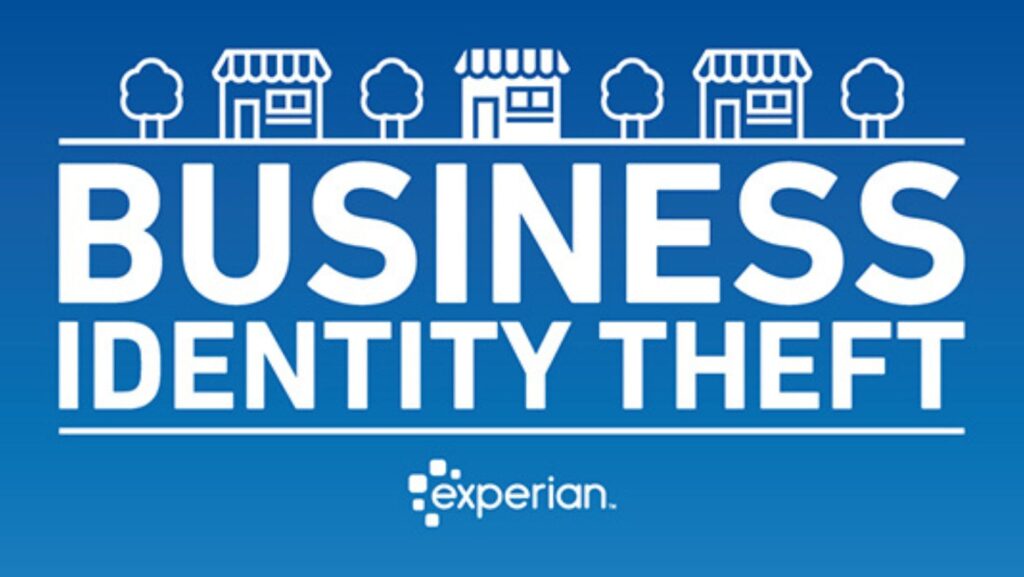Business Identity Theft
As a blogger specializing in business topics, I often delve into complex issues that can impact companies of all sizes. Today, I’ll be addressing a particularly insidious threat that many organizations face: business identity theft. This form of fraud goes beyond financial loss; it can damage a company’s reputation and erode trust with customers.

When we think about identity theft, our minds often jump to individuals falling victim to personal data breaches. However, businesses are also lucrative targets for cybercriminals seeking to exploit sensitive information for illicit gains. From small startups to established corporations, no entity is immune to the risks posed by business identity theft.
The consequences of business identity theft can be dire, leading to significant financial losses and legal ramifications. As I explore this topic further, I aim to shed light on the methods used by perpetrators, the warning signs every business owner should watch out for, and most importantly, proactive measures that can help safeguard against such malicious attacks.
Understanding Business Identity Theft
Business identity theft is a CRIMINAL ACT where a perpetrator steals a company’s sensitive information to commit fraudulent activities. This can include stealing EINs, bank account details, or other confidential data to impersonate the business for financial gain.

One common method is PHISHING EMAILS that trick employees into revealing login credentials or downloading MALICIOUS attachments that compromise the company’s security. Once cybercriminals gain access, they can wreak havoc on the business by draining accounts, opening lines of credit, or even selling the stolen data on the DARK WEB.
According to recent studies, small businesses are particularly VULNERABLE to identity theft due to their limited resources for robust cybersecurity measures. In fact, it’s estimated that over 60% of small companies that suffer a cyber attack go out of business within six months due to financial losses and reputational damage.
To protect against business identity theft, organizations should implement strict SECURITY protocols such as regular employee training on cybersecurity best practices, using encryption for sensitive data storage, and monitoring financial accounts for any suspicious activity. By staying VIGILANT and proactive in safeguarding company information, businesses can mitigate the risks associated with this growing threat.
In today’s digital landscape where cyber threats are ever-evolving, educating oneself and one’s team about potential risks is essential in safeguarding your business from falling victim to malicious actors seeking to exploit vulnerabilities for personal gain.
Common Methods of Business Identity Theft
When it comes to BUSINESS IDENTITY THEFT, perpetrators employ various cunning methods to exploit unsuspecting companies. Here are some COMMON TECHNIQUES used by cybercriminals:

- Phishing Scams: One prevalent method is phishing scams, where fraudsters send deceptive emails pretending to be from reputable organizations. These emails often contain malicious links or attachments that, when clicked, can lead to sensitive business information being compromised.
- Data Breaches: Hackers target company databases through vulnerabilities in security systems, gaining unauthorized access to valuable information such as customer data, financial records, and intellectual property.
- Fake Websites: Criminals create fake websites resembling legitimate businesses to deceive customers and employees into sharing confidential details like login credentials or payment information.
- Social Engineering: This technique involves manipulating individuals within a company through psychological manipulation or deceit to divulge confidential information or perform actions that compromise the organization’s security.
In a world where technology evolves rapidly, businesses must stay vigilant against these tactics employed by malicious actors seeking to profit from illicit activities at the expense of others. Implementing robust cybersecurity measures and educating employees on potential threats are crucial steps in safeguarding against BUSINESS IDENTITY THEFT.
As I reflect on the implications and dangers of business identity theft, it becomes evident that safeguarding one’s company from such fraudulent activities is paramount. Here are key takeaways to consider:
- Constant Vigilance: Maintaining a proactive stance against potential threats is crucial in today’s digital landscape.
- Education and Awareness: Regular training sessions for employees can help in recognizing suspicious activities and mitigating risks.
- Secure Systems: Implementing robust security measures, such as encryption and multi-factor authentication, can fortify defenses against cybercriminals.
